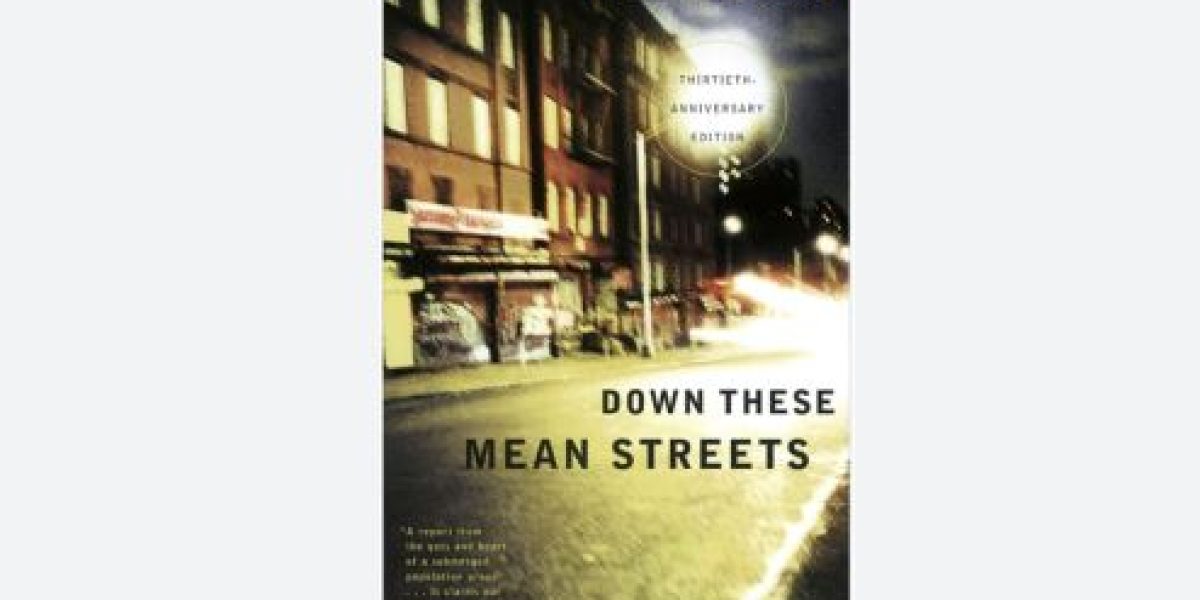A Journey through "Down These Mean Streets"
“Down These Mean Streets” is a seminal work of urban literature written by Piri Thomas, a Puerto Rican-American author. Published in 1967, this autobiographical novel offers a raw and unflinching look into the life of a young Nuyorican (a Puerto Rican from New York) growing up in the mean streets of Harlem and the South Bronx. It explores themes of identity, race, poverty, and the struggle for self-discovery. In this blog post, we will delve into the significance of “Down These Mean Streets” and its enduring impact on literature and society.
A Gritty Coming-of-Age Story
“Down These Mean Streets” is a coming-of-age story that chronicles the life of its protagonist, Piri, as he navigates the harsh realities of urban life. The narrative takes us through Piri’s childhood, his teenage years, and his journey into adulthood. We witness his experiences with discrimination, violence, poverty, and addiction, all while he grapples with questions of identity and belonging.
Identity and the Struggle for Belonging
One of the central themes of the novel is the struggle for identity. Piri grapples with his Puerto Rican heritage and his identity as an American. He is often caught between two worlds, not fully accepted by either. This theme resonates with many immigrants and children of immigrants who feel the tug of multiple identities and the pressure to assimilate.
Piri’s journey towards self-discovery is a deeply personal one, marked by moments of self-doubt and self-acceptance. As readers, we witness his transformation from a confused and troubled young man into a self-assured writer who uses his voice to shed light on the struggles of his community.
Social Realism and Urban Grit
“Down These Mean Streets” is a prime example of social realism in literature. Piri Thomas vividly portrays the harsh realities of life in Harlem and the South Bronx during the mid-20th century. The book doesn’t shy away from depicting the violence, racism, and poverty that permeated these neighborhoods. Through Piri’s eyes, we see the streets as they were, unfiltered and unapologetic.
The novel also sheds light on the systemic issues that contributed to the cycle of poverty and crime in these communities. It critiques the educational system, the criminal justice system, and the limited opportunities available to young people of color. In doing so, “Down These Mean Streets” serves as a powerful commentary on social injustice and inequality.
Enduring Impact
“Down These Mean Streets” had a profound impact on both literature and society. It was one of the first books to give a voice to the Nuyorican experience, paving the way for future Latino and African American writers to explore their own narratives. The novel also resonated with readers from various backgrounds who could relate to the themes of identity and adversity.
In the decades since its publication, “Down These Mean Streets” has continued to be a source of inspiration for writers, activists, and scholars. It remains a testament to the power of literature to illuminate the human experience and challenge societal norms.
Conclusion
“Down These Mean Streets” is a gritty and unapologetic exploration of urban life, identity, and social injustice. Piri Thomas’s autobiographical novel continues to be a powerful and enduring work that sheds light on the challenges faced by marginalized communities in America. Its impact on literature and society is undeniable, and it serves as a reminder of the importance of storytelling in giving a voice to those who have been silenced for too long.



